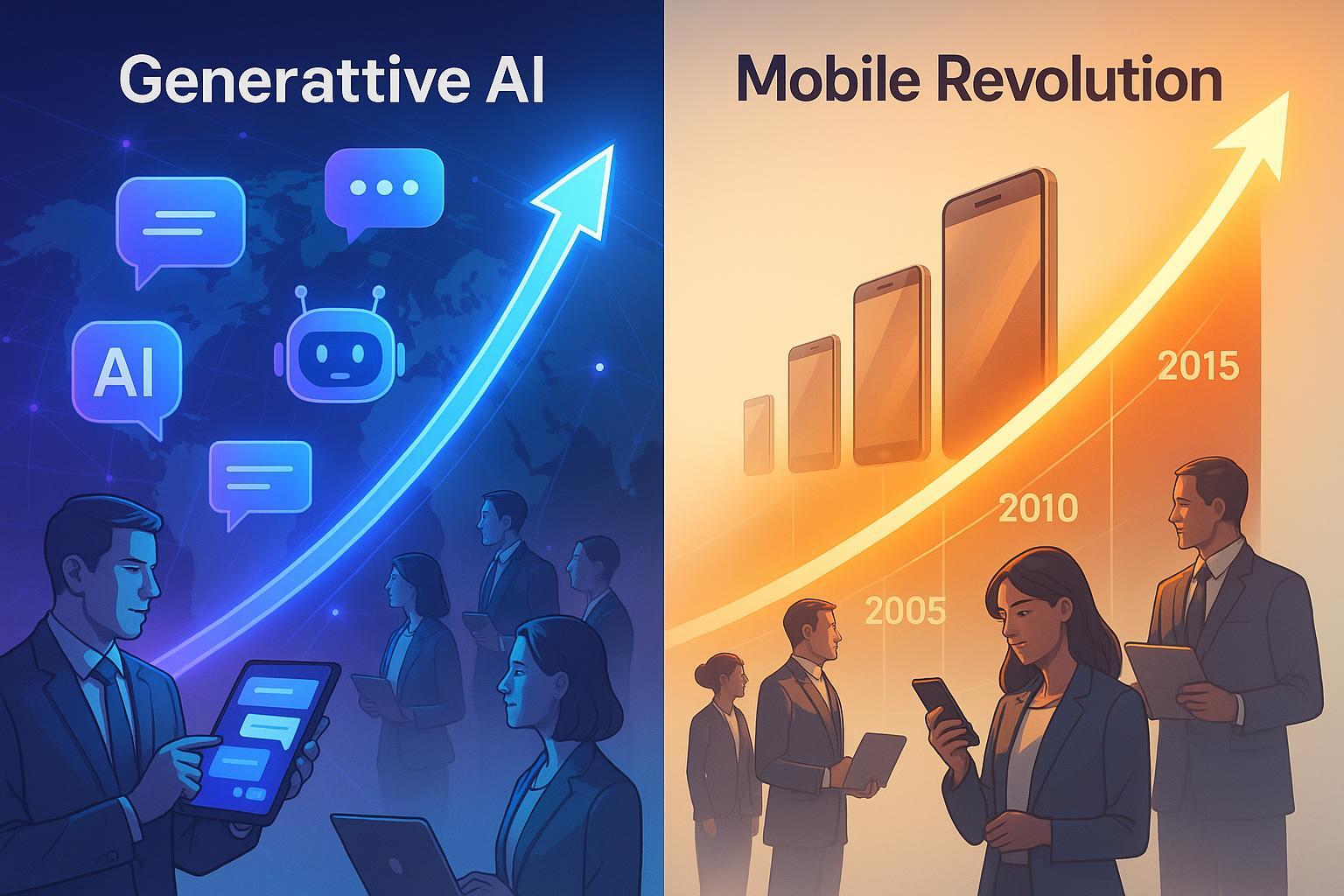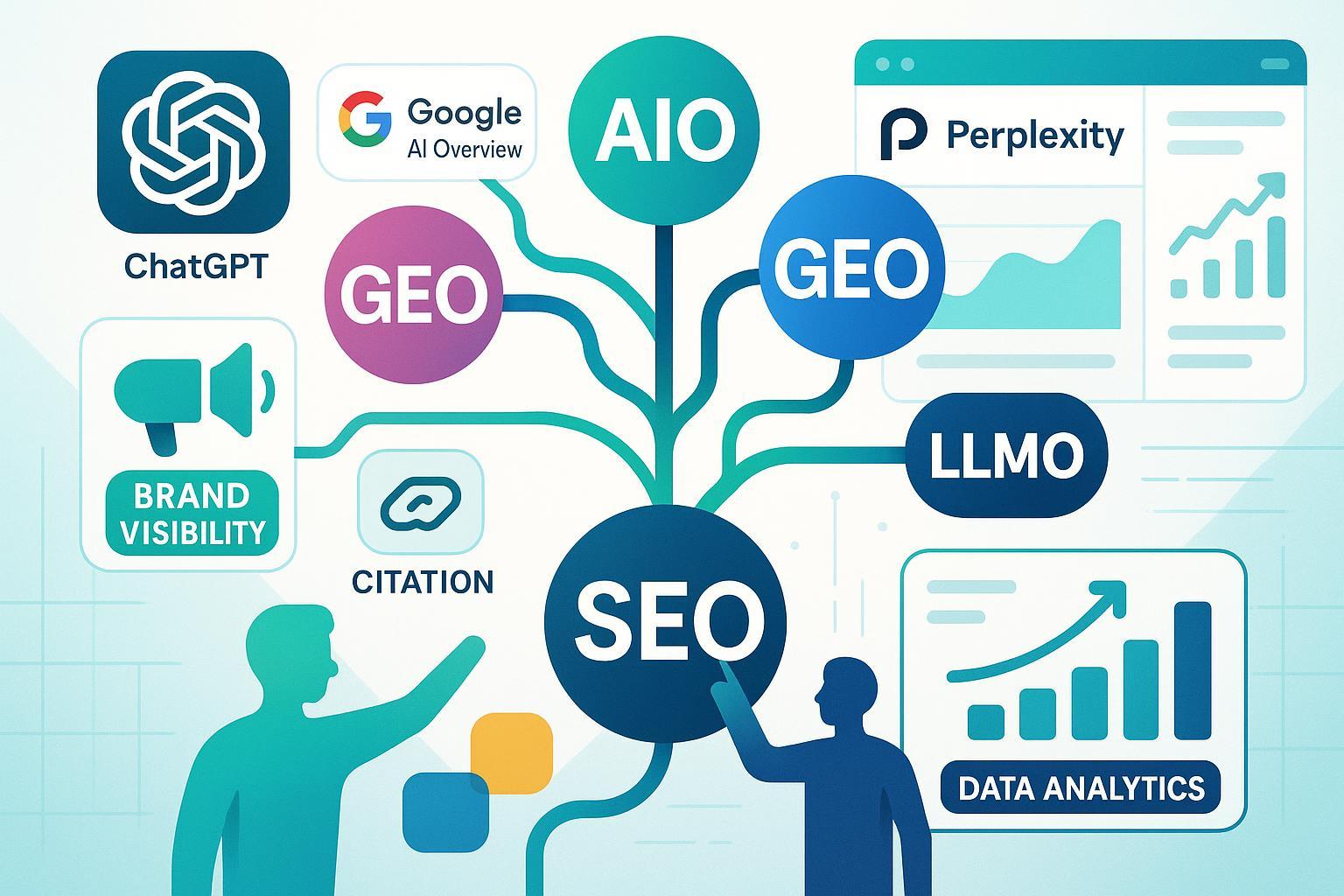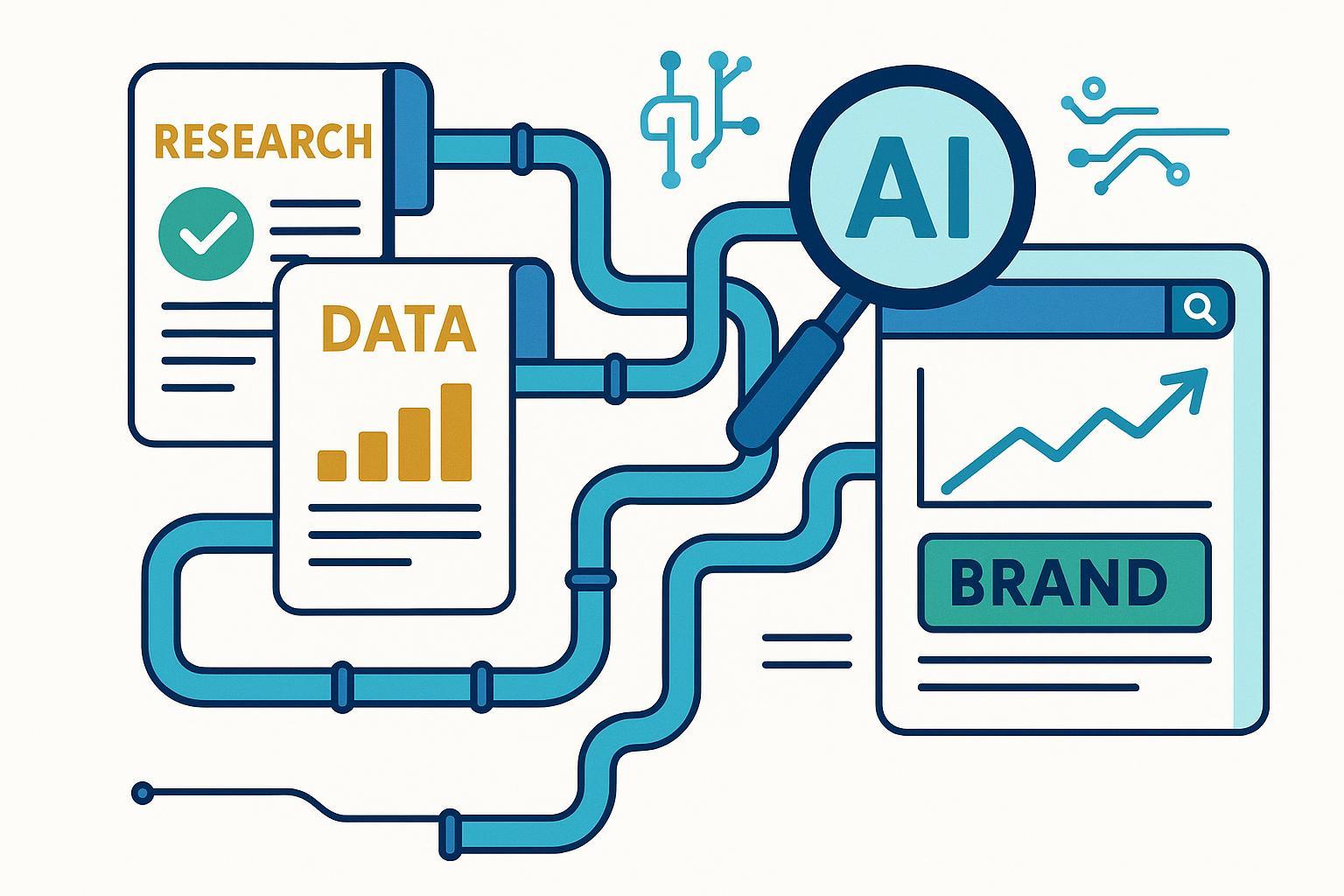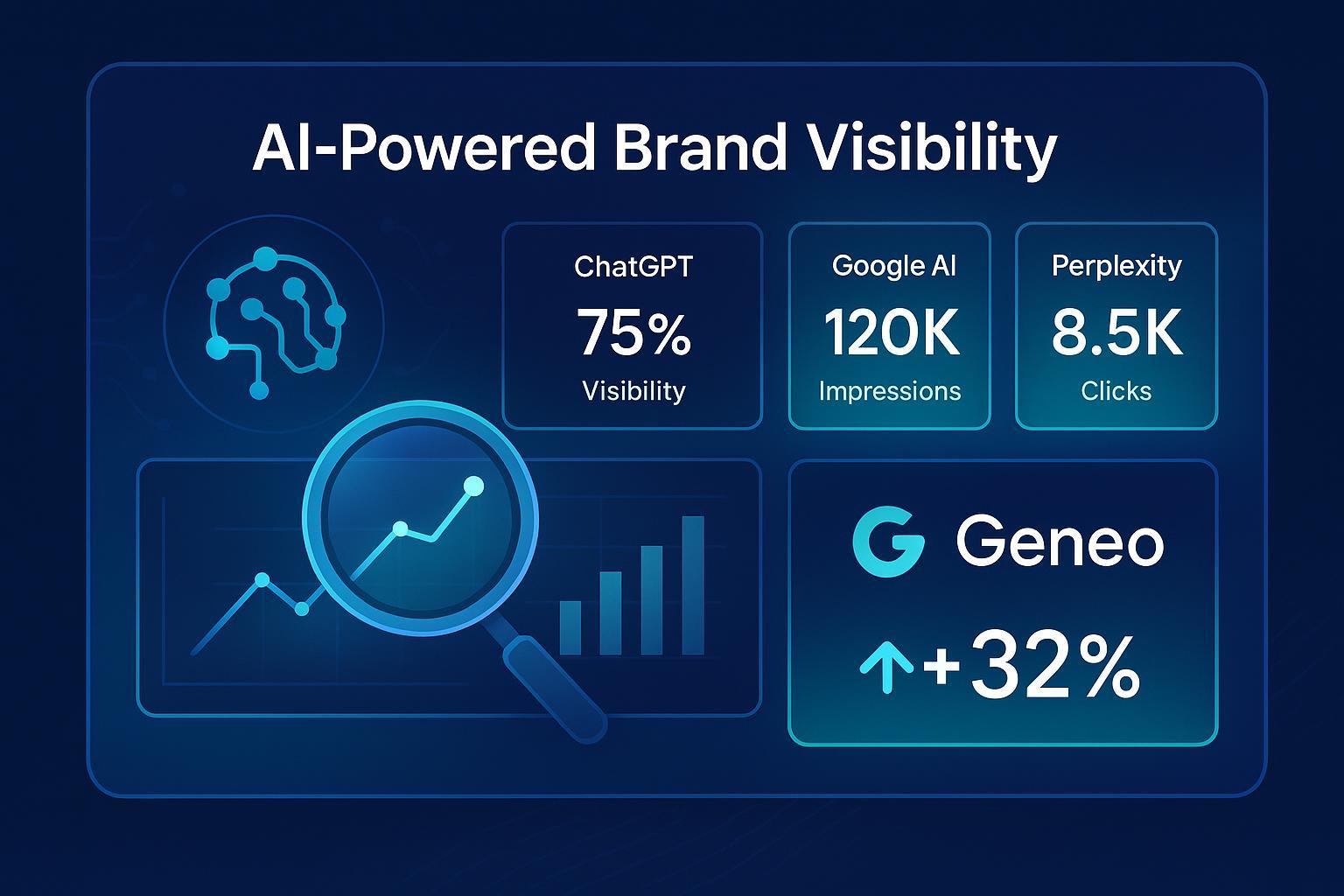What is Cohort Analysis? Definition, Key Uses & SEO Applications
Discover Cohort Analysis: definition, key components, and practical applications for digital marketing, retention tracking, and AI-driven analytics. Learn more!

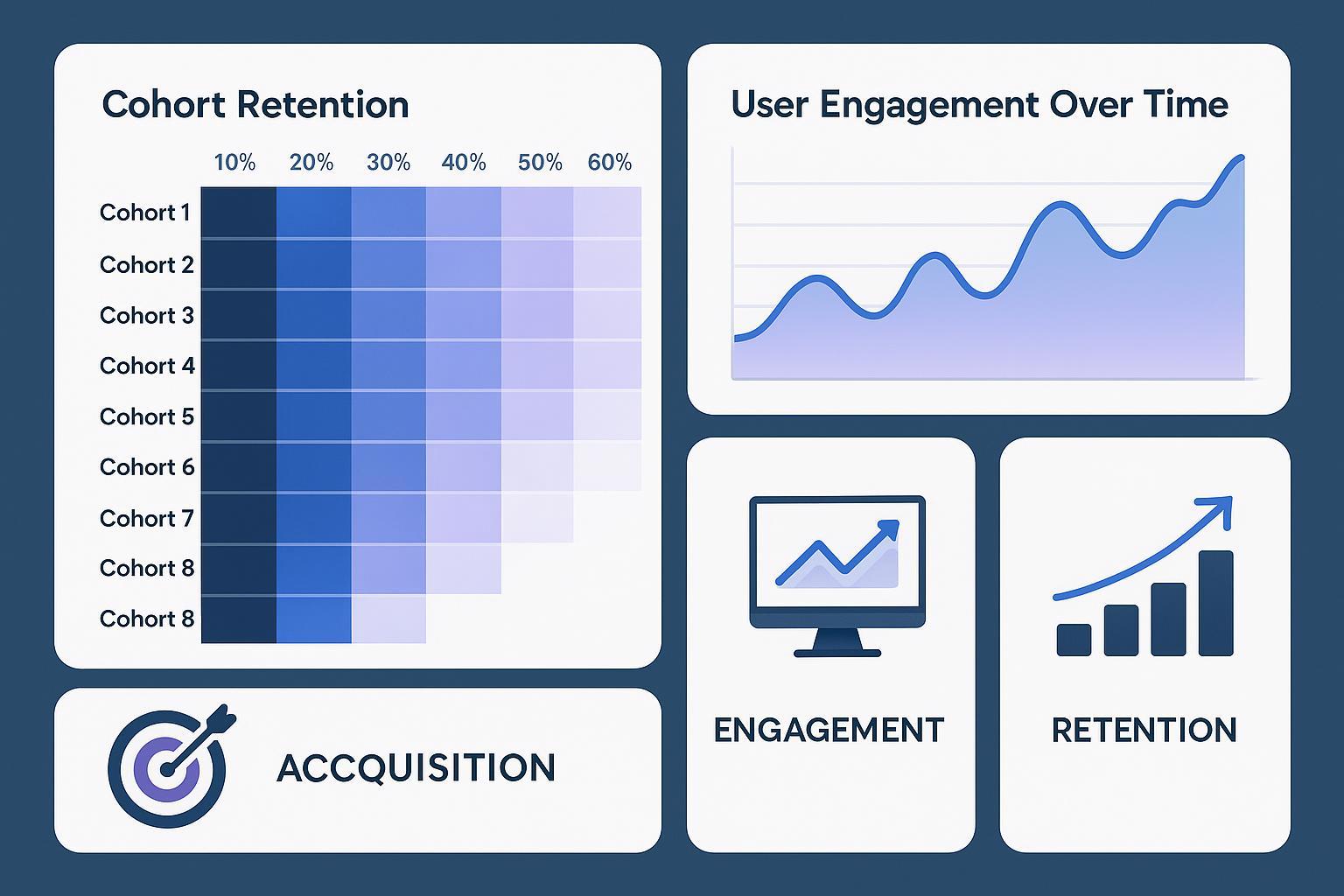
One-Sentence Definition
Cohort analysis is a data analytics technique that groups users or entities by a shared characteristic or event, then tracks those groups’ behaviors over time to reveal actionable patterns—most commonly in digital marketing and customer retention.
Detailed Explanation
Unlike static segmentation, cohort analysis examines how distinct groups (cohorts) evolve, such as how users who joined in the same week or from a particular campaign behave across weeks or months. This method enables marketers and analysts to pinpoint exactly when engagement drops, retention increases, or conversion spikes, providing clarity that is hidden in aggregated data.[Learn more on Wikipedia]
AI-powered analytics extend this by automatically segmenting users, predicting churn, and highlighting at-risk groups—enabling real-time, targeted interventions. As privacy regulations (like GDPR/CCPA) limit individual tracking, cohort analysis' group-centric approach gains even more relevance—offering insights while respecting user privacy.
Key Components of Cohort Analysis
- Cohort Definition: Typically based on a shared event, such as acquisition date, first purchase, or onboarding completion.
- Tracking Interval: Analysis is conducted over time—days, weeks, or months, depending on the context and goal.
- Metrics Tracked: Common metrics include retention rate, churn rate, engagement, conversion, revenue per cohort, and customer lifetime value (CLV).
- Visualization: Often uses cohort tables or retention heatmaps, where each row is a cohort and columns represent intervals (e.g., weeks since signup), facilitating pattern recognition and strategic decisions.
Practical Applications in Digital Marketing and Analytics
- Retention/Churn Analysis: SaaS companies monitor whether cohorts of new users remain active, identifying points where engagement wanes—vital for reducing customer churn.
- Campaign Effectiveness: By grouping users based on acquisition campaign, marketers can compare which campaign produces the most loyal or highest-converting customers.
- Product Experimentation: Product managers assess how changes (a new feature, onboarding flow) affect cohorts’ conversion or retention compared to control groups.
- AI-Driven Insights: Modern tools use machine learning to flag cohorts predicted to churn or convert, allowing automated, personalized engagement.
- Privacy-First Marketing: Cohort analysis supports insight generation without tracking individuals, instead leveraging anonymous, aggregated group data—crucial as third-party cookies decline.
Example: Netflix uses cohort analysis to understand how users from different signup periods respond to content releases, optimizing both acquisition and content strategies.[Details via CleverTap]
Related Concepts
- Segmentation: Dividing users by attributes (location, behavior, value) at a single point in time—not over time like cohorts.
- Retention Analysis: Measures ongoing engagement of cohorts, informing strategies to increase customer longevity.
- Churn Analysis: Studies when and why users in cohorts disengage, enabling targeted improvements.
- Customer Lifetime Value (CLV): Calculates the total value expected from users in a cohort, guiding resource allocation.
- Behavioral Analytics: The broader field encompassing cohort analysis; focuses on understanding user actions and optimizing for better outcomes.
The Evolution of Cohort Analysis: AI and Privacy Trends
Cohort analysis is no longer just a retrospective dashboard feature. With the integration of AI, marketers can forecast retention, automate segmentation, and receive proactive recommendations based on predicted behavior. As privacy standards evolve, group-based analytics like cohort analysis are emerging as essential, future-proof strategies for optimizing customer journeys while staying compliant.
References:


